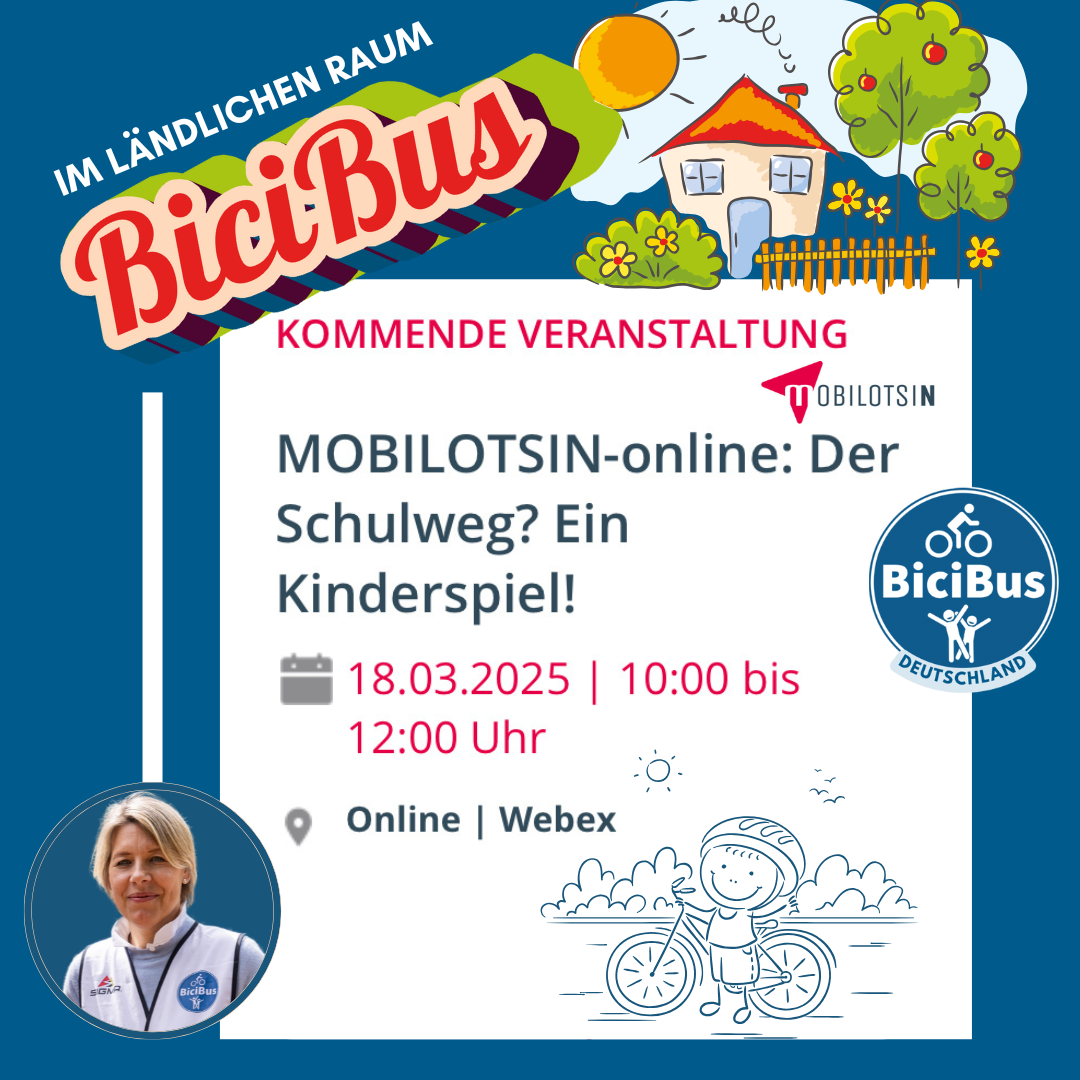Topos Magazine - BiciBus: Bike bus for children and young people
The organisation BiciBus promotes riding in a convoy of at least 16 bikes to create a safe experience for children.
Following an idea from Spain, bicycle associations in Germany are now helping students get to school in a safe and environmentally friendly way. Cycling in a group of at least 16 people is the key.
Cycling from an early age
The name BiciBus is half Spanish (bici means bicycle) and half German: According to the German Road Traffic Act, the term bus also refers to a group of 16 or more cyclists. Accordingly, the BiciBus is a group of bicycles. Based on a model from Barcelona, the German organisation of the same name has set itself the task of encouraging commuters, children and young people to cycle on specific routes at certain times.
In this way, BiciBus Germany wants to make a contribution to the traffic revolution (“Verkehrswende”), even among the youngest. Early cycling, according to BiciBus, is the basis for getting around by bike as a matter of course even as an adult. Instead of driving to school, which not only pollutes the environment but also poses an accident risk, BiciBus wants to promote cycling to school and kindergarten.
In Madrid and Barcelona, this is already an institution. Several days a week, the BiciBus rolls along with dozens of children and young people on different routes. In Germany, such initiatives are still largely lacking. BiciBus also believes that cycling education in the 4th grade is too late. The association suggests starting cycling at an early age.
At least 1.5 metres distance to cyclists
According to BiciBus, observations at primary schools in Frankfurt show that only about 60 percent of pupils can ride a bike. Many schools ban children from cycling who do not yet have a cycling licence. BiciBus wants children to start cycling much earlier and to cycle to school in convoys. In doing so, the organisation also emphasises that cycling children have a special need for protection. The joint BiciBus rides offer more safety and help children practise spatial awareness, distance and speed estimation.
The amendment of the German road traffic regulations with the newly defined distance rules supports this vision. Previously, cyclists had to ride on the extreme right and only a “sufficient” distance was necessary when overtaking. Now cyclists are required to keep a safe distance of one metre from the edge of the road and from parked vehicles. And motor vehicles must keep a distance of at least 1.5 metres from cyclists when overtaking in built-up areas.
The BiciBus as demonstration on two wheels
The bus, which always consists of at least 16 people, is considered a cohesive vehicle according to German traffic regulations. Side-by-side cycling allows the BiciBus to occupy an entire lane of the road. To overtake, vehicles must use at least the next lane. The children and young people in the convoy can and should be accompanied by adults who provide security for the BiciBus convoy.
Ideally, the younger participants ride in the right-hand row and the adults in the left-hand row. Securing to the front and back is also possible. This way, riding is safer than on the pavement, where parked vehicles and exits are a hazard. Since it is a closed group with children and adults, the BiciBus is also suitable for children under the age of eight who are otherwise not allowed to ride on the road. And according to BiciBus, the legal insurance cover also includes the route to school or daycare.
Currently, BiciBus is not only available in Spain, but also in Vienna and Hamburg. Frankfurt am Main will become the next major German city where the two-wheeled, environmentally friendly BiciBus is on the road at least once a week – as a safe alternative to the parents’ taxi, but also as a rolling demonstration train on two wheels.













